Samarqand Bazaar, Uzbekistan – 7/2014
While we had been fascinated by the temples, minarets, mausoleums and madrassahs in Samarkand, back in the 8th century the area that is today’s central market was the center of activity. Merchants from China, India and Iran congregated here to buy and exchange goods. There were craft workshops, trading stalls, warehouses and caravanserais, chai-khanas, (pavilions for drinking tea), and traditional bakeries for the characteristic Samarkand bread, called “obi-non”, a round loaf that looks like the sun’s disk. They are famous for their special taste and originality of their decoration.
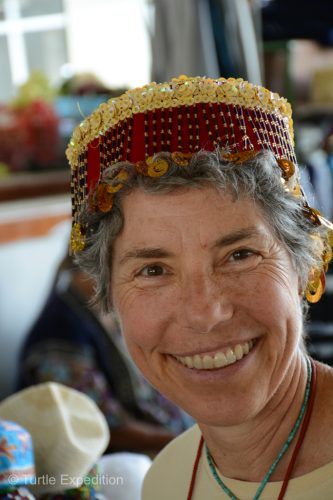
Monika was having fun trying on traditional Uzbek hats.
We poked our heads into one of the bakeries. The owner was happy to give us a quick tour, showing us how the bread was kneaded, formed and decorated with sesame and poppy seeds and literally slapped to the walls and ceiling of the round brick oven. He insisted we take a sample. It was still warm when we smeared butter on it back in our camper. Given the outside temperature between 95°F and 105°F, it would’ve never cooled off.
Next to the mosque and mausoleum of Bibi-Khanum, the market today no longer has its old buildings, but it still keeps alive the spirit of the ancient trading culture of this great city. We found dried fruit and nuts, traditional sweets, honey, dairy products and a selection of vegetables that rivals the best supermarkets in California. We even found one shop selling wonderful salami, only beef of course because this is a Muslim country. One lady insisted that Monika needed a traditional wedding hat. Something that was probably not available in the 13th century: Ice cream cones. In these temperatures, you have to eat it fast.
- We took advantage of Samarqand’s huge outdoor market to replenish our pantry.
- The fertile vineyards around Samarqand are famous for their many varieties of grapes and the wonderful raisins. This seedless variety was especially delicious.
- One section of the open market specialized in dried fruits and nuts.
- One of our favorites were these sweet dates delicately stuffed with halves of walnuts.
- Samarqand boasts over 20 varieties of “obi-non” or bread. Each has a distinctive pattern and flavor, often sprinkled with sesame or poppy seeds and baked to perfection in a clay oven.
- This baker just took some Russian style loafs of bread out of the oven.
- Naturally ripened apples and tomatoes came fresh from nearby farms.
- The selection of teas and spices seemed endless.
- To our delight, we were starting to find piles of ripe apricots and blackberries.
- As a special treat, we had to get half a pound of fresh salami, all beef of course. No pork in this Muslim country.
- These two guys were amazed that we had come all the way from California to visit their country.
- It was interesting that in this Muslim country, many women did not wear headscarves.
- Older women who did wear headscarves seemed to do so out of tradition or practicality rather than based on religion.
- Many of the men wore the traditional embroidered skullcaps.
- Monika had to try on a wedding skullcap but it wasn’t exactly her style.
- Monika was having fun trying on traditional Uzbek hats.
- This wall mural was a reminder of the amazing Silk Road that once made this city a major stopover.
- An ice cream cone was a welcome reprieve from the heat of the day.



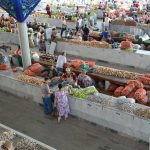
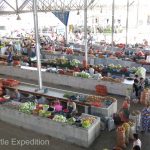
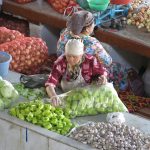
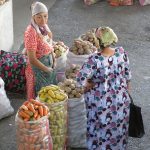
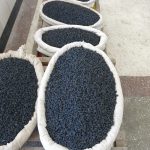
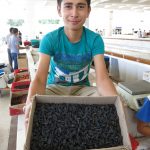
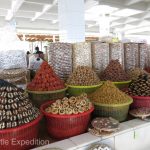
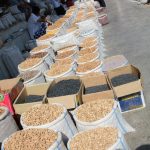
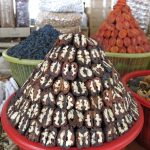
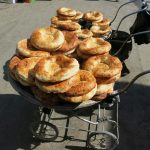
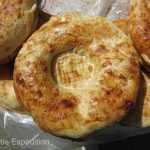
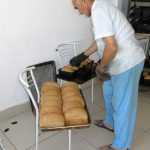
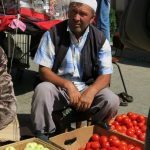
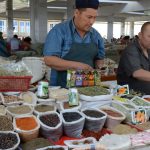
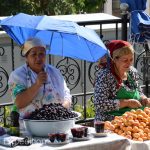
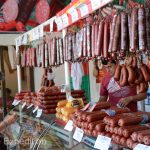
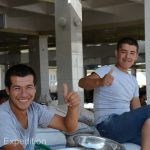
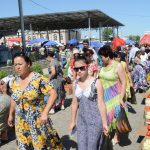
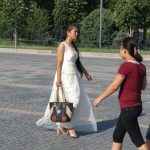

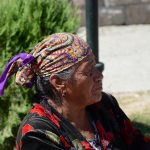
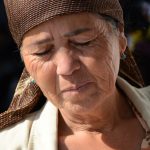
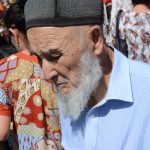
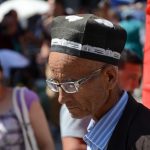
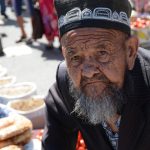
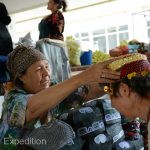
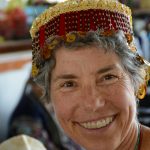







Leave a Comment